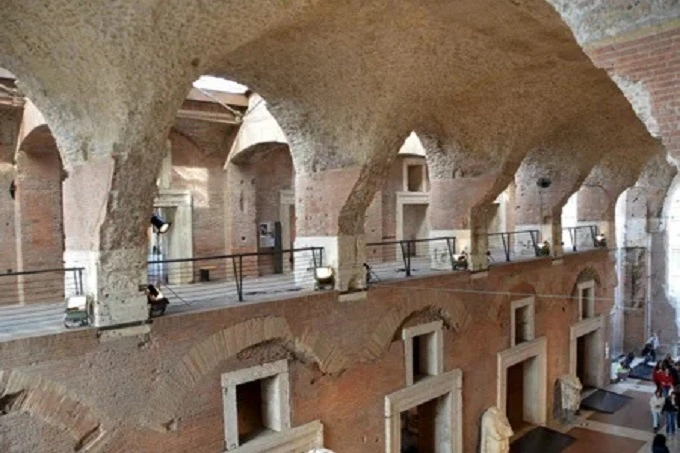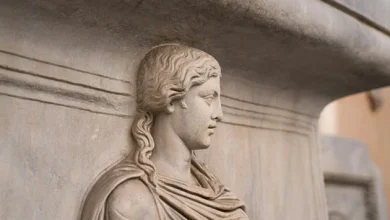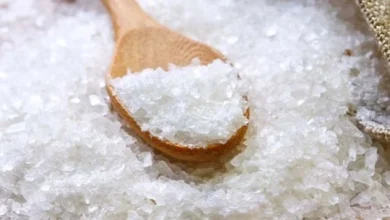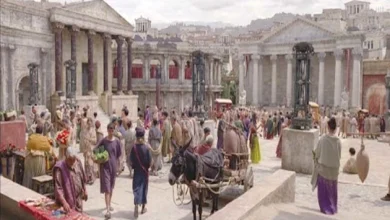Was concrete already known to the ancient Romans?

In regions that were previously a part of ancient Rome, archaeologists have uncovered a significant number of monolithic concrete constructions that have been fully preserved. The ancient Romans were so skilled in the use of this technique that, in addition to producing large blocks of concrete, they were also able to create columns, walls, vaults, and domes.
The manner in which such domes are erected, by the way, continues to be the subject of much debate amongst scientists. Concrete was also used to construct the multi-level Roman retail complex known as Trajan’s Market, which dates back to the second century AD and has been remarkably well maintained.
Or, take, for example, the Colosseum, which was built in the late first century AD and was considered to be one of the most important circuses in ancient Rome. It was built of concrete and coated with marble and brick, and it served as a fortification for centuries after the fall of Rome.
It remained almost intact until the middle of the 14th century, when a big earthquake finally destroyed it dramatically for the first time. The debris was stolen by enterprising citizens of the town, and the cladding was stripped off. Many notable structures in later Rome were constructed using stone taken from the Colosseum. However, the primary framework has been preserved since the monolithic concrete that was put into the formwork cannot be shattered into smaller pieces.
However, in point of fact, the ancient Greeks were the source of not just the notion of concrete (a combination of cement with a filler of tiny stones) but also cement itself, which the ancient Romans later appropriated for use in a variety of other applications. For instance, in the ancient Greek city of Megara, there is a water reservoir that has been carefully maintained. The structures of this reservoir were coated with a layer of material that was already extremely similar to cement when it was first constructed.

And most crucially, after doing some digging in this cement, we have already uncovered the extremely mysterious component that resulted in the old Roman constructions being so robust. Ash from volcanoes was used to make the Greek cement, which we now refer to by its modern-day technical term, “pozzolan.” In those days, it was extracted from the hills around the town of Puteoli, which is today known as Pozzuoli, in the vicinity of the volcano Vesuvius.
Around the second century BC, the ancient Romans started effectively using concrete made from volcanic ash. This practice continued for many centuries. Lime, pozzolan, volcanic tuff, pumice, sand, and stones were the components that were used to create the combinations.
The ancient Romans referred to their substance as rudus (in Latin) or emplekton (in Greek), and they named the cementing mortar orus caementum (the French word “concrete” came into use only in the 18th century).
A number of years ago, researchers from the United States conducted in-depth research on the old Roman orus caementum, compared its composition to that of current cement, and deduced what the key ingredient was. It was discovered that pozzolanum had a significant amount of aluminum silicate, in contrast to contemporary concrete, which does not.
Seawater was used to mix the concrete, which resulted in a hot chemical reaction within the mix. We will gloss over the lengthy chemical details here, but the end result was that a unique mineral known as aluminum-tobermorite was formed within the mix, which gave the concrete an exceptional level of strength. Seawater was used to mix the concrete.
Observing this chemical process as it occurs on maritime structures is a very intriguing endeavor. For instance, this is Herod the Great’s seaport at Caesarea, which was erected in the first century BC. It includes a port and a complex of defensive coastal buildings that were created using Roman construction methods. The material of these constructions has been the focus of research.
After approximately two thousand years of being washed by the waves of the sea on a consistent basis, the concrete breakwaters and piers of Caesarea had partially vanished under the water’s surface. The reaction continued on indefinitely, and the creation of altobermorite in the concrete monolith proceeded at a leisurely pace over the course of years, tens of years, even hundreds of years… There’s a chance that it’s happening even now. Only our far ancestors will be able to know how many more millennia the ruins will stand after the concrete of the harbor constructions continued to develop stronger and stronger.
Roman builders were skilled in the use of concrete in a variety of ways; however, they were also the first to standardize the composition of concrete mixtures. Romans, with their penchant for detail, rationed many technologies, which made many of the achievements of Roman civilization very durable; however, that is an entirely different and interesting story.
Therefore, as a result of the effective chemical composition and strict adherence to the requirements of the ancient Romans, old Roman concrete was more dependable and long-lasting than contemporary concrete. The durability of concrete used in today’s construction, which is often estimated to last between 100 and 120 years. However, Roman architecture has already withstood the test of time for 2,000 years, and it will outlive both you and I.




